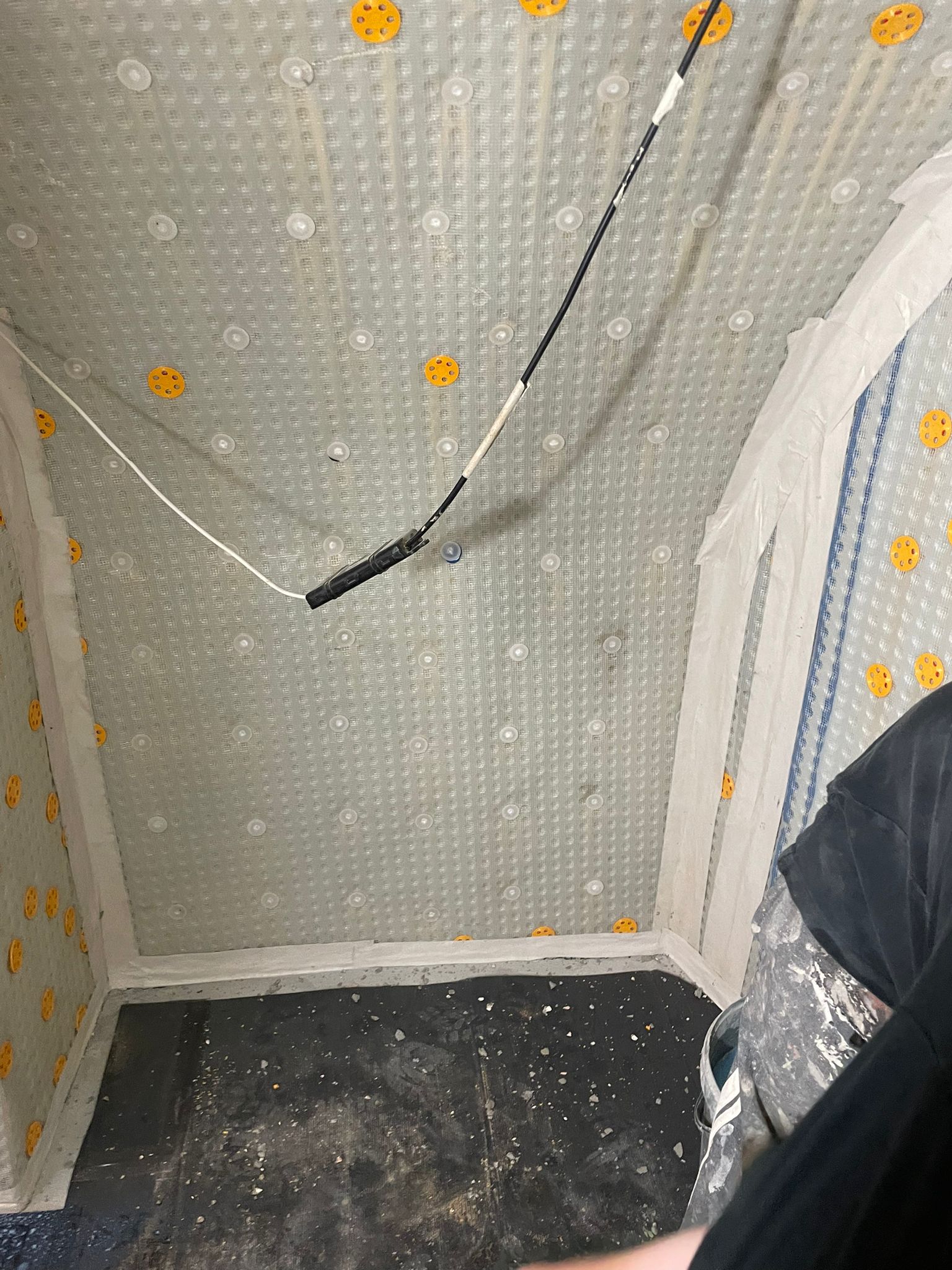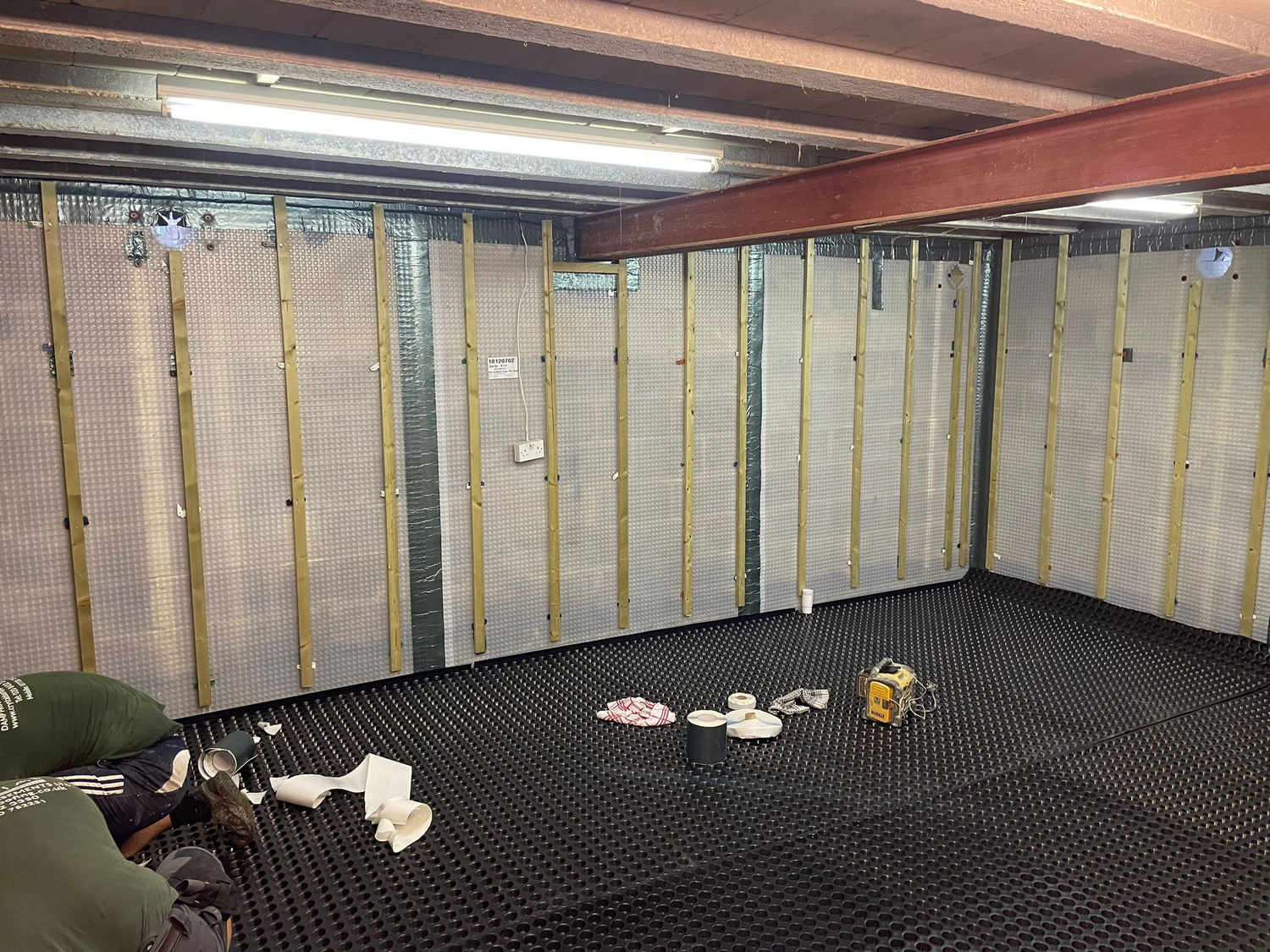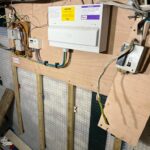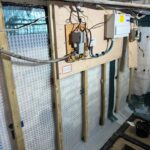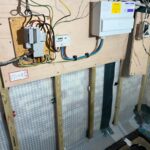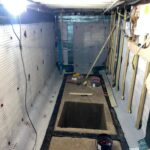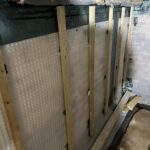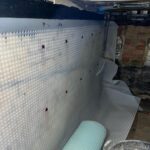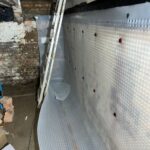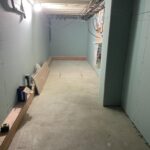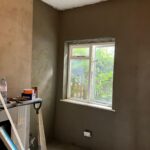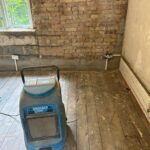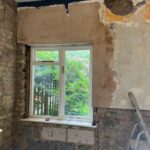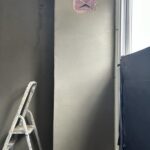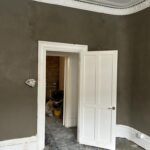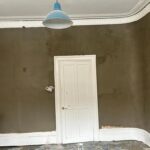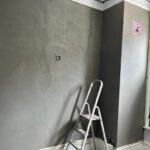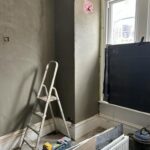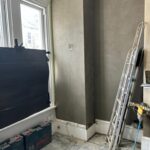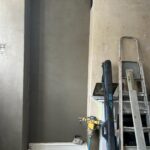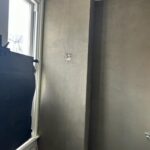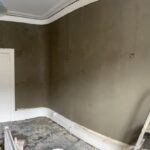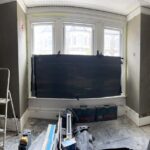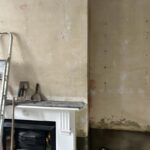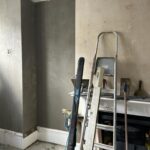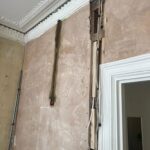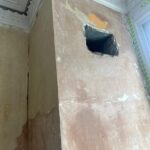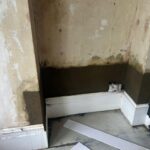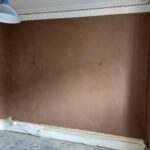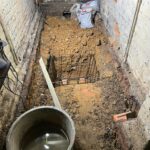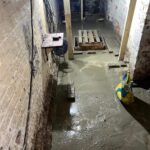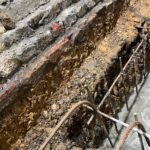Nestled near the serene River Darent, the basement at TN13 2SJ posed unique challenges due to its location and recurring dampness issues. Our team was entrusted with the task of converting this lower-level space into a dry, functional, and aesthetically pleasing area.
Nestled near the serene River Darent, the basement at TN13 2SJ posed unique challenges due to its location and recurring dampness issues. Our team was entrusted with the task of converting this lower-level space into a dry, functional, and aesthetically pleasing area.
Nestled near the serene River Darent, the basement at TN13 2SJ posed unique challenges due to its location and recurring dampness issues. Our team was entrusted with the task of converting this lower-level space into a dry, functional, and aesthetically pleasing area.
Nestled near the serene River Darent, the basement at TN13 2SJ posed unique challenges due to its location and recurring dampness issues. Our team was entrusted with the task of converting this lower-level space into a dry, functional, and aesthetically pleasing area.
Nestled near the serene River Darent, the basement at TN13 2SJ posed unique challenges due to its location and recurring dampness issues. Our team was entrusted with the task of converting this lower-level space into a dry, functional, and aesthetically pleasing area.
At SW3 4QF, we undertook a significant project aimed at addressing recurring issues of water infiltration into a vaulted space. This challenging task required a multifaceted approach to ensure a durable and lasting solution.
Nestled near the serene River Darent, the basement at TN13 2SJ posed unique challenges due to its location and recurring dampness issues. Our team was entrusted with the task of converting this lower-level space into a dry, functional, and aesthetically pleasing area.
The cavity drain membrane, constructed using high-density polyethylene (HDPE), formed a protective barrier between the basement walls and potential water ingress. Its unique dimpled design created an air gap that allowed any water seepage to be directed towards the sump pump system, preventing water accumulation and associated damage.
Before diving into the details of the damp proofing project, it’s important to understand the significance of the problem. Dampness in buildings can arise due to various factors, including rising damp, penetrating damp, or condensation. In this case, the property in Purley was affected by rising damp, which occurs when moisture from the ground seeps into the walls, leading to damage and decay.





